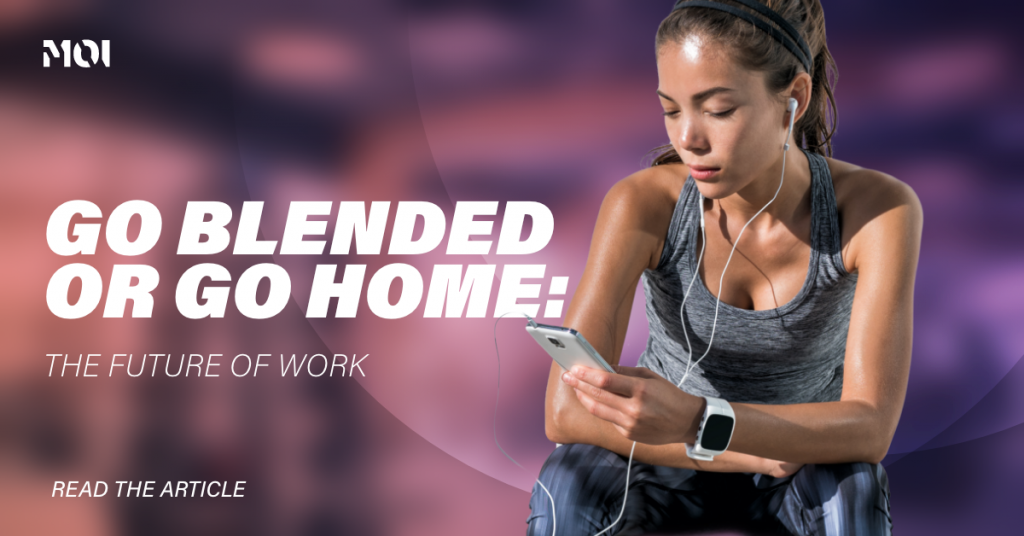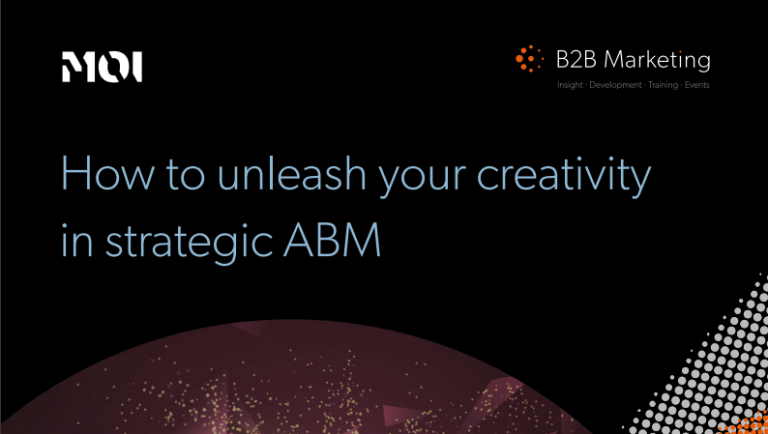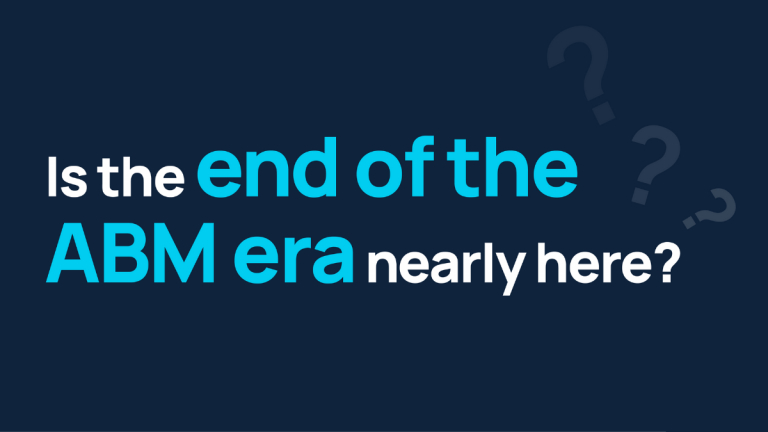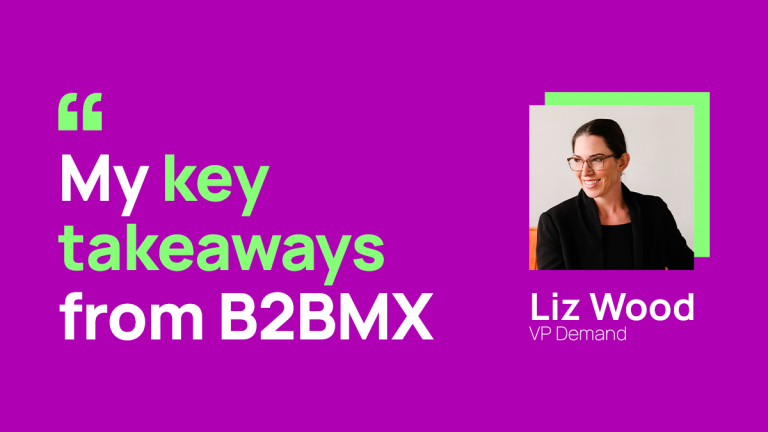
The world is changing, and the way we work has to change with it. Technology continues to come on leaps and bounds, but never before have we had the opportunity to really make use of it, to build a future of work that, well, works for everyone.
This three-part series explores just that: why you need to think about work differently, how you can create and implement a blended approach that suits all, before diving into the inspiring initiatives that businesses—and employees—can adopt to build a brighter future.
One of many lessons taught by Covid-19 is that flexibility matters. The entire world has experienced unprecedented challenges and seemingly ever-changing health and safety guidelines, and businesses have worked wonders to keep up.
In fact, employers and employees have adapted so proficiently, raising productivity levels even while hastily transitioning to the home office, that now the question is whether remote working is here to stay.
Yet even as this thought echoes, many businesses are reopening their offices. Not that this marks the end of remote working. Rather, it lifts the curtain on a hybrid model known as ‘blended working’, where employees are encouraged to split their working lives between different locations—at home, the office, or the coffee shop.
The hidden cost of remote working
If it a’int broke, don’t fix it. So why, if remote working eradicates stressful commutes, letting people be more productive than ever while working from their beds, are businesses looking to reinvent how we work—again?
Firstly, full-time remote working doesn’t work for everyone. At home, many of us don’t have a quiet, comfortable space where we can focus. It’s not always possible to find a child-free ‘meeting room’ where the drilling from the street outside is muted effectively.
Then there’s the importance of welfare and wellbeing. Many employees found themselves working much longer hours through the pandemic, the work-life balance drastically tilted—ironic, as a perceived benefit of remote working always was the giving of time back to employees.
Studies have also shown that remote working comes at a cost to the business. Staring at the same four walls day and night can stifle creativity. No longer do you have those ‘water cooler’ chats that could spark a new idea. Teams can assemble on Zoom calls, but talking to a screen just isn’t the same. And that’s not even mentioning Zoom fatigue.
The future is blended
Employers have a duty to support their people not only at work, but also in their personal lives. By moving to a blended working model, employees are encouraged to think about what works best for them—benefiting their welfare and the wider business.
Blended working—not to be confused with flexible working, where people adjust the times they work—is a sustainable, balanced model that puts safety first. Different regions are in different stages of the pandemic, and with the renewal of lockdowns a possibility for some time to come, blended working ensures that the office space is never overfilled.
At MOI HQ, we’ve spaced out our workstations, and have created a dedicated creative zone filled with distractions that, so our creatives say, stimulate great, turning-heads ideas. In this sense, the office space has taken on new meaning. It’s no longer a place where we come and sit rooted to our chairs. It’s a safe, exciting environment where ideas are born, where we connect and collaborate, chat and simply enjoy ourselves.
MOI’ers are now encouraged to visit the office as they see fit. Whether that’s for a big meeting, to brainstorm the latest, greatest campaign, or simply for a game of table football. We’re creating a creative culture that isn’t fixed to one physical place. Wherever we choose to work, nothing changes. It’s still the same tight-knit team making ideas that wow.



